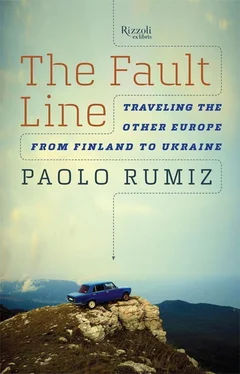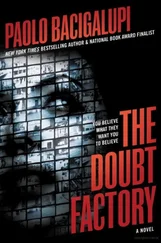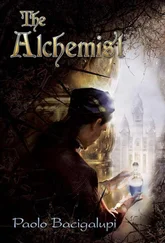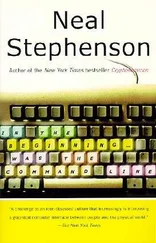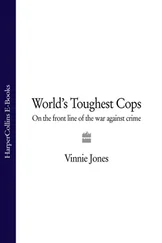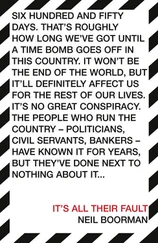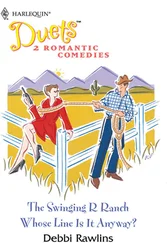I go back to the table and ask the waitress if she saw what I saw. She says yes. I ask her why she didn’t call the police, and she shrugs her shoulders, her eyes open wide, then she serves me a bowl of soup and a salad. At that point, the young man with the cut over his eye comes back, picks up his car keys that he’d left on the table, and walks over to a taxi, his, and leaves. Two minutes go by, and an enormous car pulls up, a four-wheel-drive Japanese SUV, black, naturally, with, naturally, dark tinted windows. The door opens and a shaved-headed guy with a scowl on his face gets out, takes a long look at what’s written in my notebook, enters the restaurant, and comes out again in a few minutes after pocketing the protection money. End of story.
I had observed something emblematic—not so much for the violence itself as for its flagrance. The whole thing happened right before my eyes; even worse, it was purposely thrown in my face. The message was: we’re in command here, not the police, not the state, and certainly not the new independent Ukraine.
I start to understand why millions of people have decided to emigrate from this meek country. I have not seen such an open exhibition of criminal hegemony anywhere else outside of the small towns around Naples. One time in Acerra, for example, a guy walked right up to the front of a long line at the post office window and a naive customer protested. The bully flattened him with a punch to the nose and then went back to the window to complete his transaction, in the most surreal silence.
Once we’re on the bus, Monika recounts the incident to the peasant woman who is sitting next to her. She’s not surprised and tells us, “Dear friends, twenty years ago it was worse; the gangs had shootouts in the streets. And in the 1960s it was even worse. Then there was the Topor Gang…. They were animals. They played cards, not for money but for their lives. And if one day they got the idea to kill everyone dressed in blue, they did it. Then it was the turn of people dressed in red. Today things are better. The criminals are all involved in finance.”
Sergei, on his way to Kamianets-Podilskyi, also evokes the horror of the “bad old days,” when his parents were arrested for “anti-Soviet resistance” six years after the end of the conflict in which the incident was supposed to have taken place. They were sent to Siberia from 1952 to 1975, and that’s where they met.
We still have ten minutes before departure, and a Gypsy comes aboard, the sweetest and best-mannered Gypsy I’ve ever seen. She offers blessings for the journey and asks for something in exchange, but without even a trace of importunity. I’m amazed; people offer her the equivalent of one or two euros, which is a lot of money here, a sign that the woman’s work is considered important and reliable. Some people instead give a tomato, a sweet, a piece of cheese, and the Gypsy—who knows this—holds out two hats, one for money and the other for food. After each donation, she closes her eyes to make contact with God. This is her recognized occupation. Concentrating deeply, she mumbles something incomprehensible. When she’s finished, she gets off, and the old bus, comforted by the Gypsy-style exorcism, is ready to leave, bouncing along toward the granary of Europe.
France is sweet, but Podolia is even sweeter. You’ve never heard of it? No problem; go there. It’s in Ukraine, beyond the Carpathians. It is one of the many regions lost in the great simplification enacted in Central Europe in the first half of the twentieth century. You’ll see an endless sea of wheat, and fortresses and palisades along the rivers, where at a certain hour, there springs forth from the ravines, as though from a fountain, a prune-colored liquid shade that fills every dip and basin and spreads out over the hills. In France and Italy, evening descends from the sky; in Podolia it rises from the earth.
The Loire is glorious, and the Rhine is too, but looking out over the Dniester literally takes your breath away. It has the primordial meanderings of the Po but without the wearisome flatness. It flows in a sunken bed, and its castles regard it from on high with the glowering eyes of Cossack warriors. The Loire is a sleeping beauty. The Dniester, on the other hand, has the vital potency of a limes , a place where armies, caravans, horses, and camels come to drink, where the pealing of church bells clashes violently with the chant of the muezzin. If there exists a frontier, this is it.
Before coming to Ukraine, I didn’t believe there could be anything more formidable than the fortress in Petrovaradin, high above the Danube, built by the Austrians north of Belgrade as a bastion against the Turks. Now I’m looking at the massive towers of Khotyn as they stretch out their shadows over the Dniester, and I’m forced to change my mind. Around its walls in the seventeenth century, thirty-five thousand Poles and forty thousand Cossacks stopped two hundred thousand Turks, and the clash was so powerful that the sky itself caught on fire and the walls shook from the cannon volleys. This is where King Jan III Sobieski and his cavalry overcame their ancestral fear of the Turks, whom they would then go on to defeat definitively under the walls of Vienna.
I look out over the river flowing in the night. The northwest wind swells it and pushes it toward the sea as it would a sailboat in a mistral, carries the smell of stubble from the sea of grain all around, holds up two storks suspended in air like gliders, blows into the half-empty bottle of Sarmat beer—what a name!—that I’m holding and makes it sing like a flute. A sailboat goes by, the Dniester turns silver, the sky purple, and the riverbanks seem still to be echoing with the shouts of soldiers, merchants, and customs officers.
Kamianets-Podilskyi is a place unique in all the world: a natural fortress city. They built it on the Smotrych River, a left tributary of the Dniester that forms large bends and cuts a canyon through the limestone table of Podolia. At the point where the river does an almost complete switchback and seems to have decided to go back where it came from, forming a sort of omega, a city grew up that is naturally defended by the river and watched over at its only point of contact with the right bank by a formidable castle. With its huge perimeter walls and a dizzyingly high bridge, the bastion controls access to the city and, in the gorge fifty yards below it, passage on the river, navigable until very recently.
When the river is in spate, the channel above the bend and the channel below the bend, separated by a narrow, rocky interspace presided over by a hydroelectric power station, can be connected directly. A perfect system, which the Turks—in the twenty-seven years of their dominion—not only didn’t destroy, but improved. In Kamianets, it is said that the Ottomans, when they were forced to leave, buried a hidden treasure in the riverbed and that some years ago scientists in Kiev organized a secret expedition to search for the sultan’s gold.
The upper city is a world unto itself, where the seventeenth and eighteenth centuries suffered almost no changes during the Communist regime. Next to the Baroque church of the Dominican monastery, the Turks built a minaret, transforming the building into a mosque. When the Christians came back, rather than demolish the tower of prayer erected by the infidels, they put a stunning statue of the Madonna on the top, which today can still be seen from afar like a lighthouse in the sea of grain of Ukraine. Neither the Turks nor the Poles destroyed the religious symbols of their predecessors. They limited themselves to inhabiting them, wisely recognizing that the god of the others was the same as their own.
It wasn’t only a matter of respect, but also of economics and common sense. There was no point in destroying a place of worship in excellent condition. In the Dominican church in Kamianets, the qibla —the superb niche topped by a shell (a single piece of white marble!) that indicates the direction of Mecca—was not removed or modified but ably integrated into a staircase made of the same marble, where the words of the prophet are decorated with gesticulating chubby little angels and meringue-like Baroque swirls. Cultural conflict already had inflamed Europe back then, but the opposing parties—contrary to today—did everything possible to know each other.
Читать дальше
